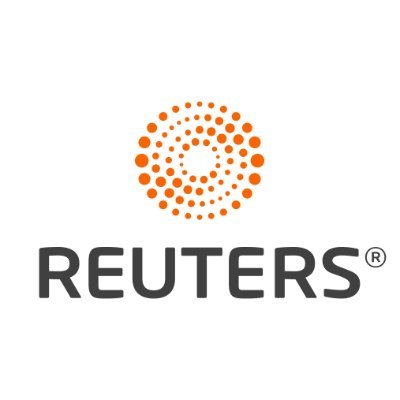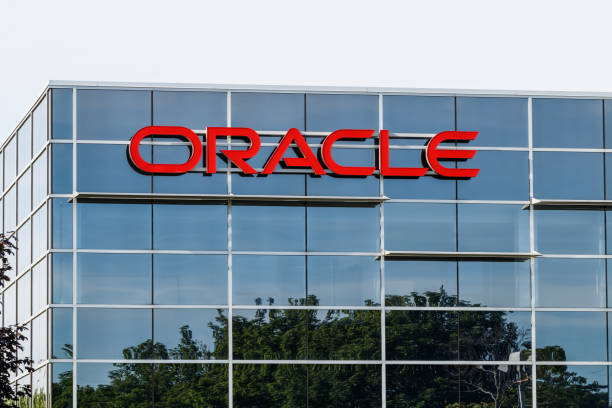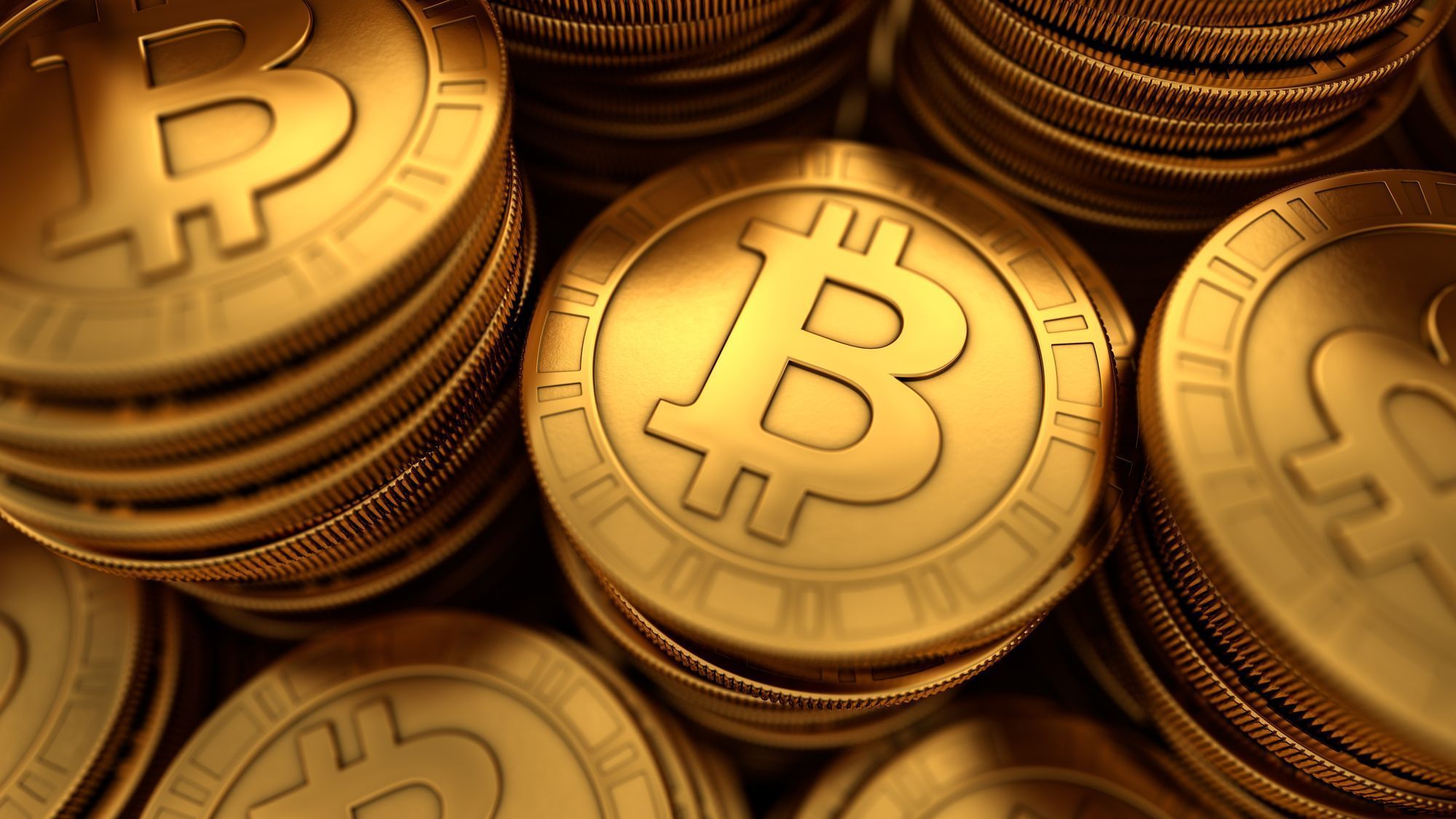TIMELINE-Trump's trade war with China in 2025

By Liz Lee and Shi Bu
BEIJING, Oct 13 (Reuters) - U.S. President Donald Trump has targeted top economic rival China with a cascade of tariff orders on billions of dollars of imported goods aimed at narrowing a wide trade deficit, bringing back lost manufacturing and crippling the fentanyl trade.
The timeline below, in reverse chronology, shows the development of the U.S.-China trade war this year:
October 12 - Following China's announcement it was expanding its rare earths export controls, U.S. Trade Representative Jamison Greer says the U.S. reached out to China for a phone call but Beijing deferred. China calls new U.S. tariffs hypocritical, and defended its export curbs.
October 10 - Trump revives the trade war with additional levies of 100% on China's U.S.-bound exports, along with new export controls on "any and all critical software" by Nov. 1, ending an uneasy truce struck between both countries in August.
Trump says there's no reason to meet with Chinese President Xi Jinping but also did not cancel plans to meet. The leaders are next expected to meet in South Korea on the sidelines of the Asia-Pacific Economic Cooperation forum later this month.
Trump also says the United States could impose export controls on Boeing plane parts as part of Washington's response to Chinese export limits on rare earth minerals.
China launches an antitrust investigation into U.S. semiconductor manufacturer Qualcomm over its acquisition of Israeli chip designer Autotalks.
China announces port fees on U.S.-owned, operated, built, or flagged vessels from Oct. 14 as a countermeasure to U.S. port fees on China-linked ships starting the same day.
October 9 - China expands export controls over rare earths to include five more medium to heavy rare earth elements from Nov. 8, and added extra scrutiny for semiconductor users, tightening further its grip and dominance on the critical minerals key to the energy transition.
Trump administration proposes banning Chinese airlines from flying over Russia on routes to and from the United States, saying the reduced flight time puts American carriers at a disadvantage.
Trump says he hopes to discuss soybeans with Xi while also warning the U.S. may halt a large share of imports from China.
October 7 - U.S. lawmakers call for broader bans on chipmaking equipment to China after a bipartisan investigation found that Chinese chipmakers had purchased $38 billion of sophisticated gear last year.
October 1 - Trump says soybeans would be a major topic of discussion when he meets with Xi. China has sharply reduced U.S. soybean purchases, which Trump has called a negotiation tactic.
September 30 - Greer says around 55% tariffs on Chinese imports are a "good status quo," but the U.S. would like bilateral trade to increase more freely in comments that indicated no immediate move towards lowering Trump's tariffs on Chinese goods.
September 24 - U.S. Treasury Secretary Scott Bessent says aircraft engines and parts, along with certain chemicals, could provide important leverage for the United States in its talks with China.
September 21 - A group of lawmakers from the U.S. House of Representatives visited China for talks, the first such visit since 2019. The group told Chinese Premier Li Qiang, that the world's two largest economies need to step up engagement and "break the ice".
September 19 - Trump and Xi hold phone call, after which Trump said they made progress on a TikTok agreement and would meet face-to-face in six weeks in South Korea to discuss trade, illicit drugs and Russia's war in Ukraine.
China said it welcomes commercial negotiations on TikTok in accordance with market rules.
September 17 - China says it will review TikTok's technology exports and intellectual property licensing, calling the framework agreement reached a "win-win".
September 15 - U.S. and China reach a framework agreement to switch TikTok to U.S.-controlled ownership, a decision to be confirmed in a call between Trump and Xi later in the week.
Bessent says Trump administration will not impose additional tariffs on Chinese goods over Russian oil imports unless European countries launch tariffs first.
September 14 - Bessent and China's Vice Premier He Lifeng lead a fourth round of talks in Madrid to address trade ties as well as TikTok's looming divestiture deadline on September 17.
September 4-13 - Trump and his administration urge the G7, EU and NATO countries to pressure China and impose tariffs of 50% to 100% to cut off Russian oil revenue.
August 11 - U.S. and China extend their tariff truce for another 90 days.
August 10 - Trump urges China to quadruple its soybean purchases from the U.S. as the expiration of the trade truce looms on August 12.
August 8 - U.S. starts issuing licences to Nvidia to export H20 chips to China.
August 1 - Bessent believes Washington has makings of a deal with China and says is "optimistic" about the path forward.
July 28-29 - U.S. and Chinese officials agree to seek an extension of their 90-day tariff truce after two days of talks in Stockholm. Both sides described the talks as constructive, but no major breakthroughs were announced.
July 15 - U.S. Commerce Secretary Howard Lutnick says Nvidia plans to resume sales of its advanced AI H20 chips to China as part of U.S. negotiations on rare earths, reversing a U.S. export ban in April.
July 6 - Trump threatens an additional 10% tariff on countries he said were aligning themselves with the "Anti-American policies" of BRICS, which includes China.
June 27 - Bessent says U.S. and China have resolved issues around rare earth minerals and magnets shipments to the U.S.
June 11-12 - Some Chinese rare earths magnet producers begin to receive export licences. Trump says trade truce is back on track.
June 9-10 - U.S. and China hold a new round of talks in London and reach a framework agreement.
June 5 - Xi and Trump hold an hour-long phone call.
May 31 - Trump says China violated agreement reached in Geneva to mutually roll back tariffs and ease Chinese curbs on critical minerals exports. China rejects the accusation, saying U.S. had introduced multiple "discriminatory restrictive" measures against China.
May 28-29 - U.S. says will start "aggressively" revoking visas of Chinese students. It also orders a broad swathe of companies to stop shipping goods covering semiconductors, design software and aviation equipment to China.
May 10-12 - Beijing and Washington hold trade talks over the weekend in Geneva. Both sides released a joint statement agreeing to a 90-day pause on tariffs.
The temporary truce meant U.S. tariffs on China will fall to 30% from 145%, while China tariffs on the U.S. drop to 10% from 125%. China also committed to removing non-tariff countermeasures imposed against the United States since April 2.
April 15 - Chipmaker Nvidia discloses that U.S. officials had informed it that its H20 chip would require an export licence for sales to China.
April 11 - China also raises levies on imports of U.S. goods to 125%, dismissing the Trump tariff strategy as "a joke" and indicated it will ignore any further U.S. "numbers game with tariffs".
April 10 - China announces it would immediately restrict imports of Hollywood films.
April 9 - China raises levies on U.S. imports to 84% too, and added 12 U.S. companies to a control list that prohibits exports of dual-use items and another six to its "unreliable entities" list, which allows Beijing to take punitive actions against foreign entities.
The U.S. further hikes tariffs on Chinese imports to 125% from 84%. China warns its citizens against travelling to the U.S.
April 8 - The U.S. raises tariff on all Chinese imports to 84% from 34%.
April 4 - China announces retaliatory tariffs of 34% on all U.S. imports from April 10 and export curbs on some rare earths. It imposed restrictions on about 30 U.S. organisations, mostly in defence-related industries.
Beijing also suspends sorghum, poultry and bone meal shipments from some U.S. firms.
April 2 - Trump escalates global trade friction with sweeping "liberation day" tariffs, announcing a baseline 10% across all imports and significantly higher duties on some countries. Trump levies 34% on all Chinese goods, to take effect on April 9.
The Trump administration also decides to end duty-free access for low-value shipments from China and Hong Kong, known as "de minimis" exemptions, from May 2.
March 4 - China hits back with 10-15% retaliatory levies on U.S. agriculture exports, affecting about $21 billion in U.S. exports. Beijing also imposed export and investment curbs on 25 U.S. firms, on grounds of national security and banned imports of genetic sequencers from U.S. medical equipment maker Illumina.
March 3 - The U.S. doubles fentanyl-related tariffs on all Chinese imports, increasing levies to 20%, effective March 4.
February 4 - China responds with a wide range of measures targeting U.S. businesses including Google, farm equipment makers and the owner of fashion brand Calvin Klein.
Beijing also slaps levies of 15% on imports of U.S. coal and LNG and 10% for crude oil and some autos, beginning February 10. It also restricted exports of five metals used in defence, clean energy and other industries.
February 1 - Trump imposes 10% on goods from China along with 25% on Mexico and Canada, demanding they curb the flow of fentanyl and illegal immigrants into the U.S.
January 21 - A day after taking office, Trump threatens 10% punitive duty on Chinese imports, citing fentanyl flowing from China.







